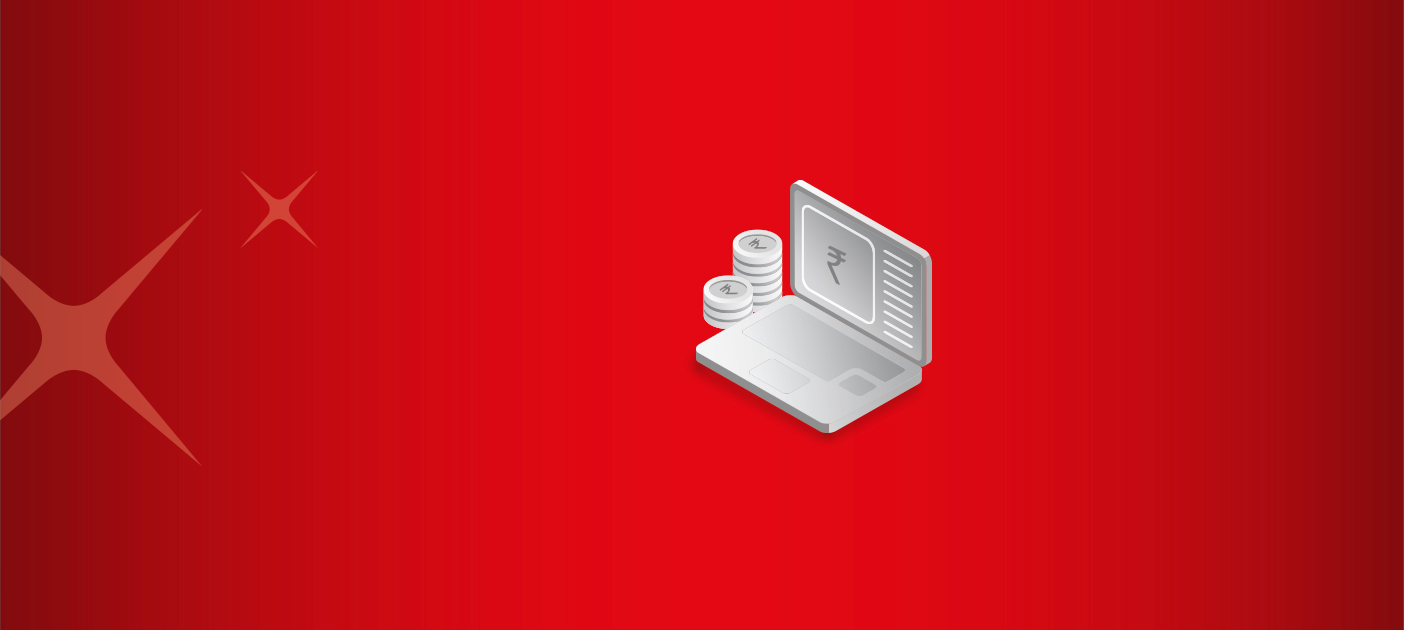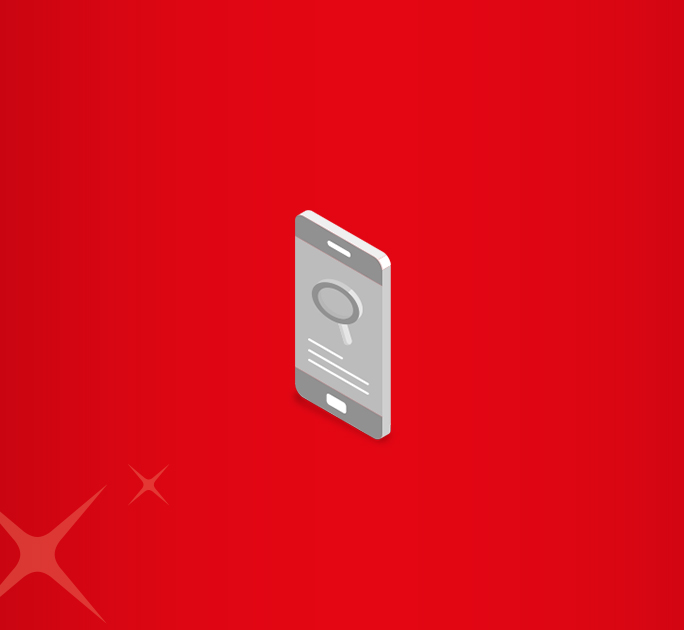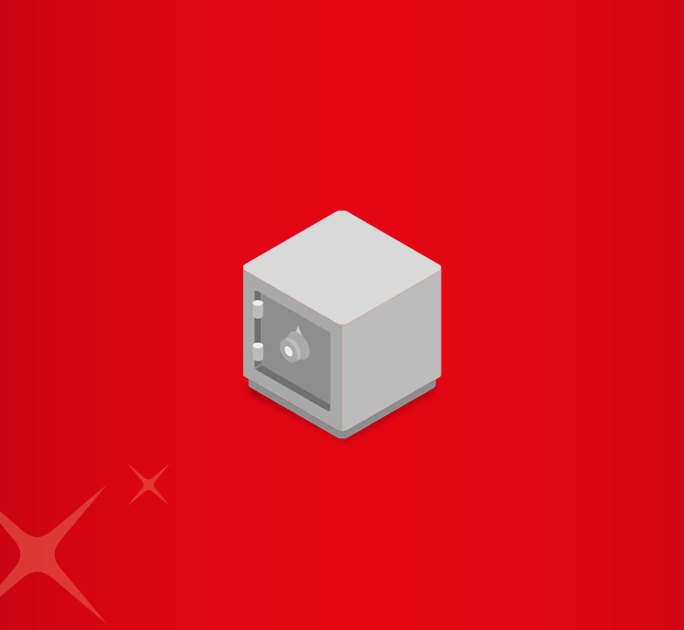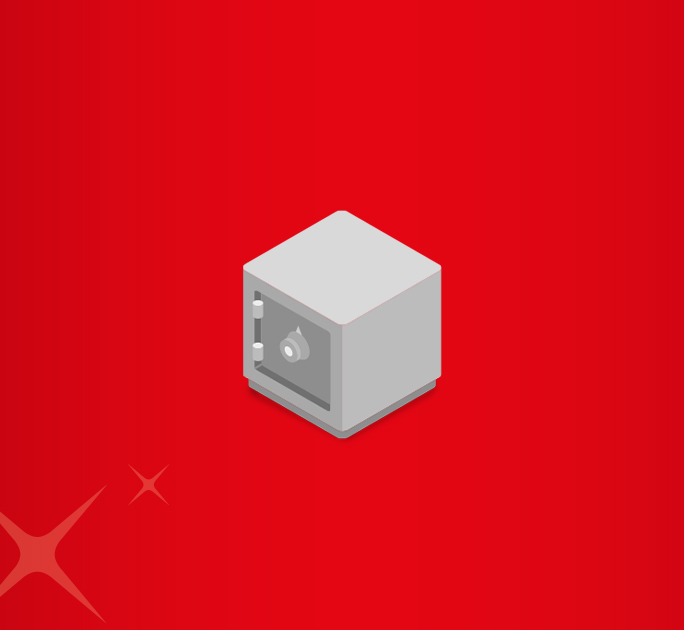- Save
- Invest
- Borrow
- Pay
- More
- NRI Banking
- Customer Services

Check Your Cash Withdrawal Limit from Bank
Know the bank withdrawal limit for cash transactions.
Key Takeaways
- Banks set cash withdrawal limits to manage cash flows for all customers.
- The Reserve Bank of India and banks together determine the cash withdrawal limits in India.
- Cash withdrawal limits are based on location and type of transaction.
- Bank withdrawal limits are the highest for home branch transactions.
- You must also comply with cash withdrawal limits at ATMs of your own and other bank branches.
A savings account is a versatile financial tool that allows you to deposit and withdraw money at your convenience, serving as your first step toward building a financial corpus. However, to ensure that banks can effectively manage the cash flow needs of all their customers, cash withdrawal limits are set. These limits are established in consultation with the Reserve Bank of India. This article will explain the standard cash withdrawal limits imposed by banks, helping you navigate your banking experience with ease and confidence.
Cash Withdrawal Limit from Banks
Cash withdrawal limit is placed on various withdrawal provisions. The limit also differs from branch to branch. You can refer to the below table for detailed information on withdrawal limits.
|
Cash Withdrawal Limits |
Details |
|
Based on Location |
Bank customers in metro cities have higher cash withdrawal limits due to higher expenses. In contrast, withdrawal limits are lower for customers in Tier I, II, III cities, and semi-rural and rural areas. |
|
For Cheque Transactions |
Most banks in India set a limit of INR 1 lakh per day for cash withdrawals by cheque, typically applicable to self-use or self-addressed cheques. |
|
Based on Account Type |
Current account holders have higher withdrawal limits compared to basic savings account holders. Priority savings account holders also enjoy higher cash withdrawal limits. |
|
For Branch vs. Non-branch transactions |
Higher cash withdrawal limits are provided when withdrawing from your home branch. Withdrawal limits are typically lower for non-home branch transactions. |
|
On ATM transactions |
ATM withdrawal limits depend on the account type. Priority accounts have higher limits, while regular accounts have slightly lower limits. Per an RBI mandate, you get 5 free transactions per month at your own bank ATMs and 3 free transactions at other bank ATMs; fees apply if exceeded. |
|
For Third-party transactions |
If a family member or friend withdraws cash on your behalf, the limit is lesser. For example, the withdrawal limit for a self-cheque is INR 100,000, but if the bearer of the cheque is a friend, the limit is INR 50,000. |
Reasons for Withdrawal Limits
Cash withdrawal limitations are imposed by banks and ATMs to protect your money and maintain the efficiency of their operations. There are a few reasons for the limits:
- Security Your debit card or account is more susceptible to fraud or theft if it has a high withdrawal limit. Restricting withdrawals helps to reduce possible losses in the event that your card is misused.
- Cash Management for ATMs: The amount of cash that ATMs can store is limited. Limits guarantee that ATMs don't run out of banknotes frequently, minimizing interruptions and hassles. They also assist in distributing available cash equitably among users.
- Risk Management: Large, unexpected withdrawals could be a sign of questionable behavior. Limits provide banks the ability to keep an eye out for odd trends and maybe shield you against financial fraud.
- Promotes Sensible Spending: Withdrawal caps may serve as a gentle reminder to you to budget your money ahead of time. This may discourage reckless spending and encourage sensible planning.
Managing Withdrawal Limits
Although cash withdrawal limitations can feel like an annoyance, being aware of them and managing them helps guarantee a positive banking experience.
- Know Your Limits: Become familiar with the daily, weekly, or monthly withdrawal caps that your bank has set for withdrawals from ATMs and branches. The majority of banks offer this data via mobile apps or online banking.
- Arrange How You Will Withdraw: If you might require more money than your estimation, make plans ahead of time. If possible, withdraw the money a few days in advance or spread the withdrawals over several days to ensure you have the necessary funds without any last-minute stress.
- Raise Your Limits Momentarily: For certain purposes, you can ask for a temporary increase in your withdrawal limit at several institutions. You can accomplish this by contacting your bank directly, using a smartphone app, or using internet banking.
Final Note
It is crucial to comply with bank withdrawal limits based on your chosen method. Even with these cash withdrawal limits, you can still access your funds conveniently through various banking options, such as online transfers, ATM withdrawals, or in-branch services. Planning your withdrawals in advance can further ease the process, ensuring you have the funds when needed.
If you’re looking for a smart mobile banking app, download the DBS Bank app and explore a world of banking facilities with just a few swipes. From managing your accounts to making quick transfers, banking has never been more convenient.
For details on cash withdrawal limits and FAQs please click here.
Frequently Asked Questions
-
What is the limit on withdrawals from a savings account?
Banks and account types have different savings account withdrawal limit, but DBS Bank provides online tools to verify yours. There are limits on how much can be taken out of ATMs and branches each day, week, or month.
-
Is there any tax on cash withdrawal from bank?
In India, withdrawing cash out of your bank account is usually tax-free. Nevertheless, very big cash withdrawals that are above a cap imposed by the Indian government may have tax ramifications.
-
What is the rule of bank cash withdrawal?
To manage ATM cash flow, enhance security, and detect suspicious activity, banks impose cash withdrawal limits. These limits vary between different types of bank accounts and ATMs. However, most banks allow you to check your current limits and may even offer the option to temporarily increase them for added convenience.
*Disclaimer: This article is for information purposes only. We recommend you get in touch with your income tax advisor or CA for expert advice.











